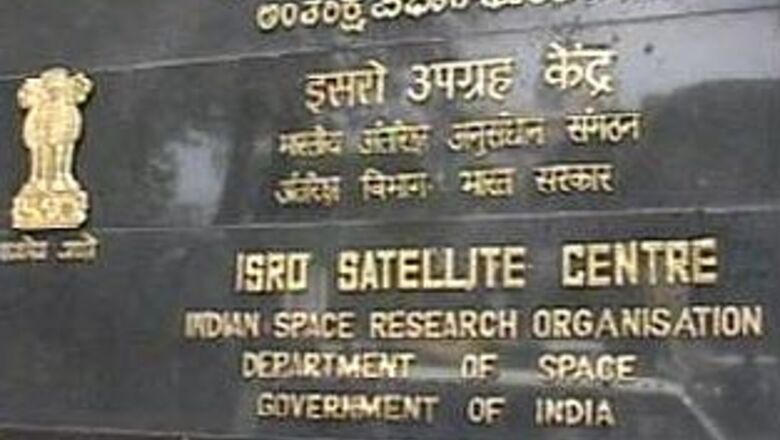
views
Chennai: The stage is set for the launch on Wednesday of the Indian Space Research Organisation’s workhorse Polar Satellite Launch Vehicle (PSLV) for placing into orbit the country’s 16th remote sensing satellite, Oceansat-2, and six European nano satellites.
"The countdown is progressing well. The launch window is between 11:51 am (1151 hrs IST) and 12:06 pm (1206 hrs IST) tomorrow. The weather forecast is clear,” ISRO spokesman S Satish told IANS from the Sriharikota rocket launch centre around 80 km from Chennai on Tuesday.
"We don’t expect any last minute thrills or tension,” he added.
The 960 kg Oceansat-2 will be ejected into a sun-synchronous orbit 720 km above the earth and its moving coverage strip will be able to scan the entire planet.
The orbit is designed in such a way that the satellite will cross Equator at 12 noon near India.
A global leader in remote sensing data, India has so far launched 15 remote sensing satellites, of which nine are still in operation.
Oceansat-1, launched in 1999, is still in service but will slowly go into oblivion.
According to Satish, Oceansat-2 has a design life of five years and may outlive this like its earlier version.
Oceansat-2 will be used for identifying potential fishing zones, sea-state forecasting, coastal zone studies, weather forecasting and climate studies.
Apart from the ISRO-developed 76 kg Ocean Colour Monitor (OCM) and a Ku-band pencil beam Scatterometer, the satellite will also have a Radio Occultation Sounder for Atmospheric Studies (ROSA) developed by the Italian Space Agency.
The Scatterometer, with a ground resolution of 50 km x 50 km, is expected to provide accurate information on wind speed and direction.
The eight-band OCM, with a 360-metre spatial resolution and a swath of 1,420 km, will provide information about a particular area every two days.
According to Satish, ISRO would earn an unspecified amount of dollars as the carriage fee from the European owners of the six nano satellites piggy backing on Oceansat-2.


















Comments
0 comment